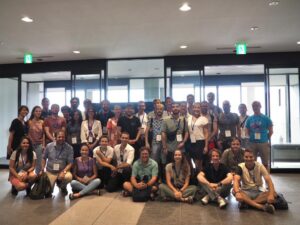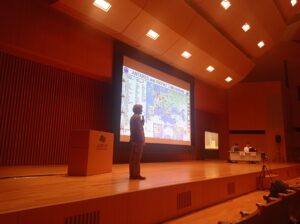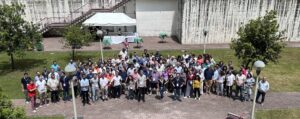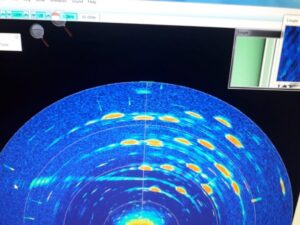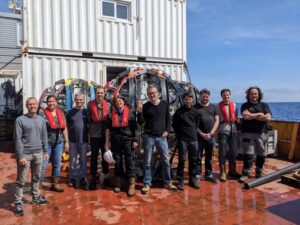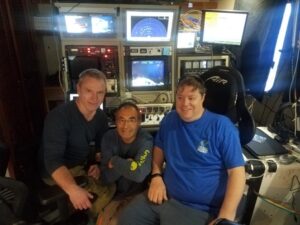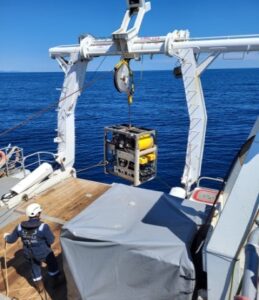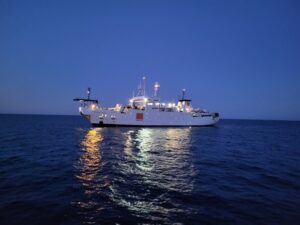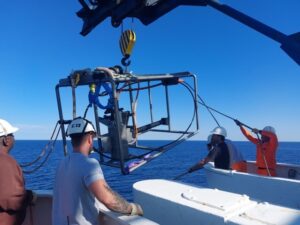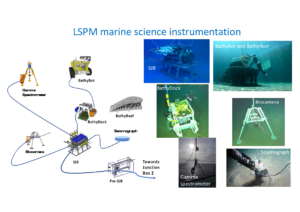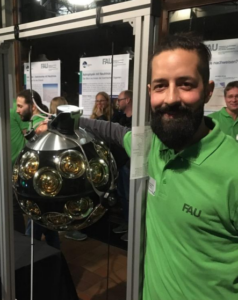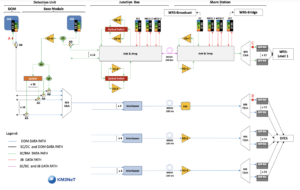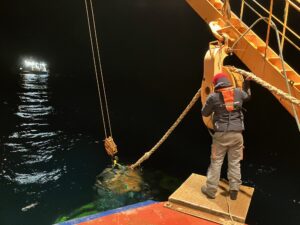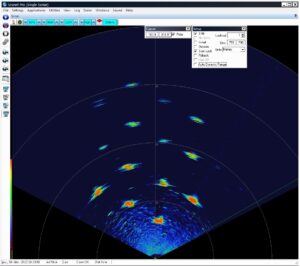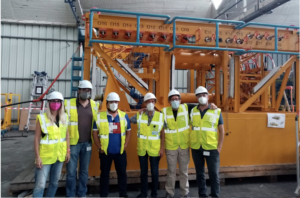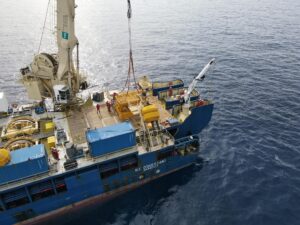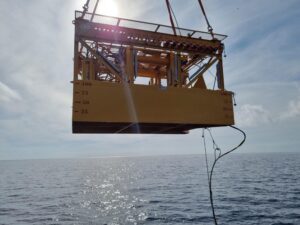KM3NeT presented at conferences worldwide
15 September 2023 – This summer, KM3NeT members participated in conferences all over the world to present the latest results and developments of our Collaboration.
Besides TAUP in Vienna, EPS-HEP in Hamburg, and TeVPA in Naples, KM3NeT-ers have massively attended the 38th International Cosmic Ray Conference (ICRC), in Nagoya, Japan. Since the ICRC is among the largest conferences in the field of astroparticle physics, it was an ideal opportunity for reporting the progress of the collaboration in neutrino astronomy, neutrino physics, multi-messenger astronomy, cosmic rays, and dark matter searches.
In total, KM3NeT presented 10 talks and 28 posters at the ICRC, in addition to a plenary talk given by prof. Antoine Kouchner, the spokesperson of the ANTARES Collaboration, on catching neutrinos in the Mediterranean Sea.
Interested?
The full proceedings of ICRC2023 can be found here. For your convenience, the contributions of KM3NeT to the proceedings are available here and are also on arXiv: https://arxiv.org/abs/2309.05016.
